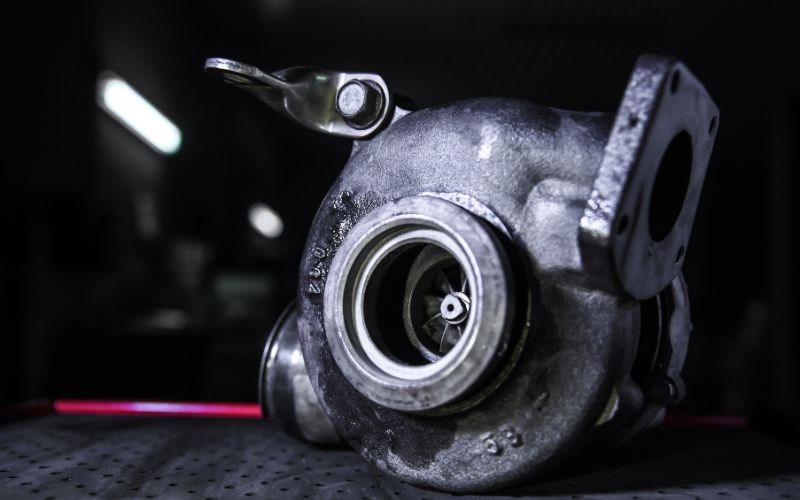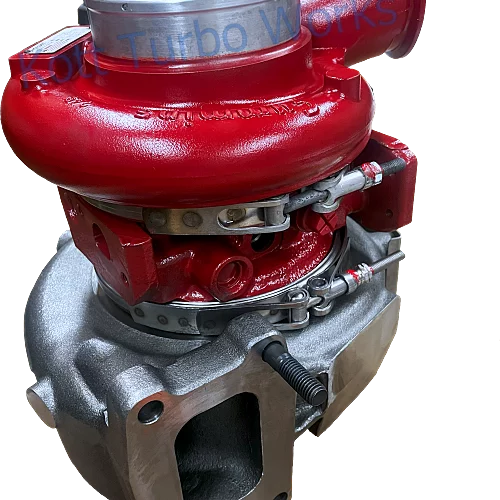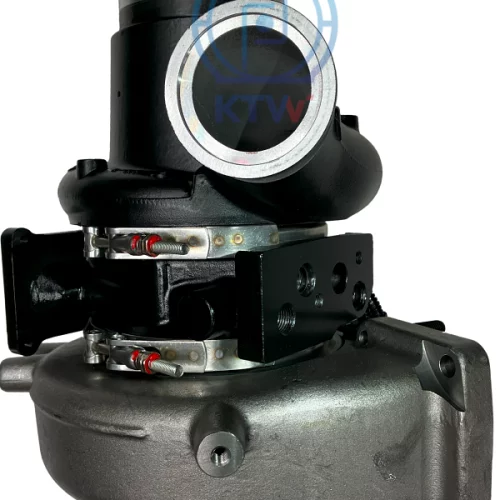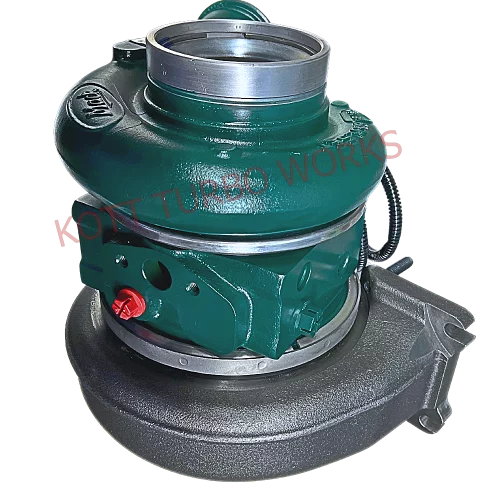$0.00
Behind the Scenes: The Turbocharger Remanufacturing Process
For vehicle owners and mechanics, turbocharger remanufacturing has emerged as a sustainable and cost-effective alternative to outright replacement. Remanufacturing a turbocharger restores it to a like-new condition, ensuring optimal performance and reliability, all while reducing waste and conserving resources. In this article, we’ll take you behind the scenes of this intricate process, exploring the meticulous steps that breathe new life into worn turbochargers.
1. Initial Inspection and Assessment
The remanufacturing process begins with a comprehensive inspection of the turbocharger to assess its overall condition. This step is essential in identifying the extent of wear and damage that has occurred. Technicians use specialized tools to examine every aspect of the turbocharger, including the turbine and compressor wheels, shaft, bearings, and housing.
These preliminary assessments guide the next steps, as technicians decide whether each component can be reused, repaired, or replaced. The goal is to retain as many original parts as possible without compromising quality or performance.
2. Disassembly of the Turbocharger
After the initial inspection, the turbocharger moves to the disassembly phase. Each component must be carefully removed, documented, and organized to ensure a seamless reassembly later on. Given the precision required to reassemble a turbocharger, this step is crucial.
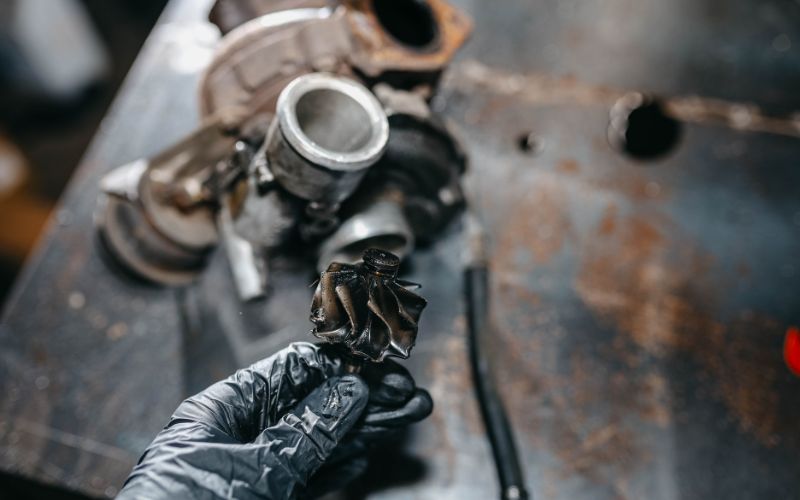
Technicians typically start by separating the major sections of the turbocharger: the compressor housing, turbine housing, and center housing. From there, they proceed to disassemble the more delicate components, such as the turbine shaft, compressor wheel, bearings, and seals.
Given that turbochargers often contain small, delicate parts, technicians use specialized tools designed to handle these components without causing additional damage. They also follow strict safety protocols to protect themselves from residual oil or metal particles, which can be hazardous if inhaled or ingested.
3. Cleaning and Preparation
With all parts disassembled, the next step is a thorough cleaning to remove any accumulated debris, carbon deposits, and oil residues. Turbocharger components are exposed to high temperatures and harsh conditions, leading to significant build-up over time. Effective cleaning removes contaminants and enables accurate inspections of the components.
Technicians employ various cleaning techniques, including:
- Chemical Baths: Submerging parts in chemical solutions to dissolve stubborn grease and carbon deposits.
- Sandblasting: Using abrasive particles to clean metal surfaces, especially the housing and other non-delicate parts.
- Ultrasonic Cleaning: Employing high-frequency sound waves in a cleaning solution to dislodge contaminants from small or intricate components.
Each cleaning method is selected based on the type of component and the extent of cleaning required. Once cleaned, each part is inspected again to ensure that any hidden damage is identified and addressed before moving on to reassembly.
4. Component Inspection and Testing
After cleaning, each component undergoes a meticulous inspection to assess its condition. The components are checked for structural integrity, dimensions, and alignment. Precision measurement tools are used to verify that parts such as the turbine shaft and compressor wheel meet manufacturer specifications for thickness, diameter, and balance.
Common areas of focus during inspection include:
- Turbine Shaft: Inspected for cracks, scoring, and proper alignment.
- Compressor Wheel: Checked for chips or bends that could affect performance.
- Housing: Evaluated for cracks or warping, which can lead to reduced efficiency or leaks.
- Bearings and Seals: Assessed for wear, as these are often the first parts to deteriorate in a turbocharger.
The objective here is to determine which parts can be reused and which must be replaced to restore the turbocharger’s performance.
5. Replacement and Upgrading of Components
Based on the inspection, technicians replace any components that show signs of excessive wear or damage. In most cases, seals, bearings, and other “wear items” are replaced, as these parts endure constant friction and are crucial for maintaining turbocharger efficiency. Using high-quality replacement parts that meet or exceed the original specifications is essential to ensure durability and performance.
In some cases, turbocharger remanufacturers may also offer upgrades to certain components. These upgrades are usually aimed at improving durability and efficiency, making the remanufactured turbocharger more reliable than it was originally. For instance:
- Enhanced Bearings: Upgraded bearings can provide smoother operation and reduce friction.
- Strengthened Turbine Wheels: Some remanufacturers use turbine wheels made from materials with better heat resistance.
6. Reassembly Process
With the necessary parts replaced, the turbocharger enters the reassembly phase. This step is highly precise, as even minor misalignment can lead to performance issues or premature failure. Technicians follow exact specifications for each component, ensuring that each part fits perfectly.
7. Testing and Calibration
Before the turbocharger can be certified as remanufactured, it must undergo rigorous testing to ensure it meets performance standards. Testing typically includes:
- Airflow Tests: Simulating engine conditions to ensure that the turbocharger generates the correct boost pressure.
- Pressure and Temperature Tests: Ensuring the turbocharger can withstand operational stresses without leaking or overheating.
- Dynamic Balancing: Verifying that the rotating assembly is balanced to prevent vibrations at high RPMs.
If the turbocharger passes all tests, it’s calibrated to either match original manufacturer specifications or meet specific customer requirements. Calibration may involve fine-tuning the wastegate actuator or other components to optimize performance.
8. Final Quality Control and Packaging
Once the turbocharger passes all tests, it undergoes a final quality inspection to verify that it meets industry standards and remanufacturer specifications. Technicians document the condition and specifications of the remanufactured turbocharger, creating a record of the work performed.
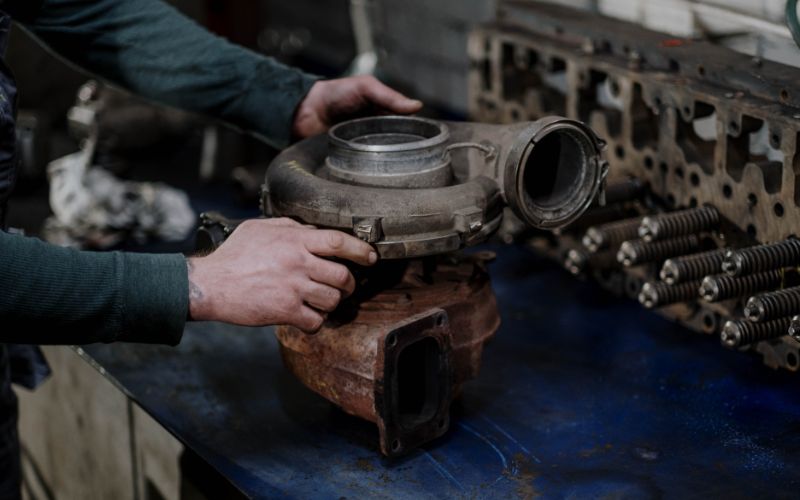
The turbocharger is then carefully packaged to prevent damage during shipping and storage. Proper packaging is essential, as even a small bump or scratch could affect performance or shorten the lifespan of the turbocharger.
Turbocharger Remanufacturing at Its Finest: The Kott Turbo Works’ Approach
The turbocharger remanufacturing process is a meticulous and precise procedure, requiring advanced knowledge, specialized tools, and rigorous quality control at every step. Every turbocharger that comes through the doors at Kott Turbo Works undergoes a comprehensive process, from initial inspection to final testing, ensuring it’s restored to a like-new condition.
With Kott Turbo Works, customers benefit from a remanufacturing process that restores turbochargers to peak condition, prolonging their lifespan, enhancing vehicle performance, and reducing environmental impact. By choosing a trusted name in remanufacturing like Kott Turbo Works, vehicle owners receive a turbocharger that’s as good as new—often at a fraction of the cost of a replacement.
Featured Products
View AllFeatured Products
View All
Need Help?
331-888-8726
941-299-1612
Monday – Friday: 9 am-6 pm
Weekend Closed

